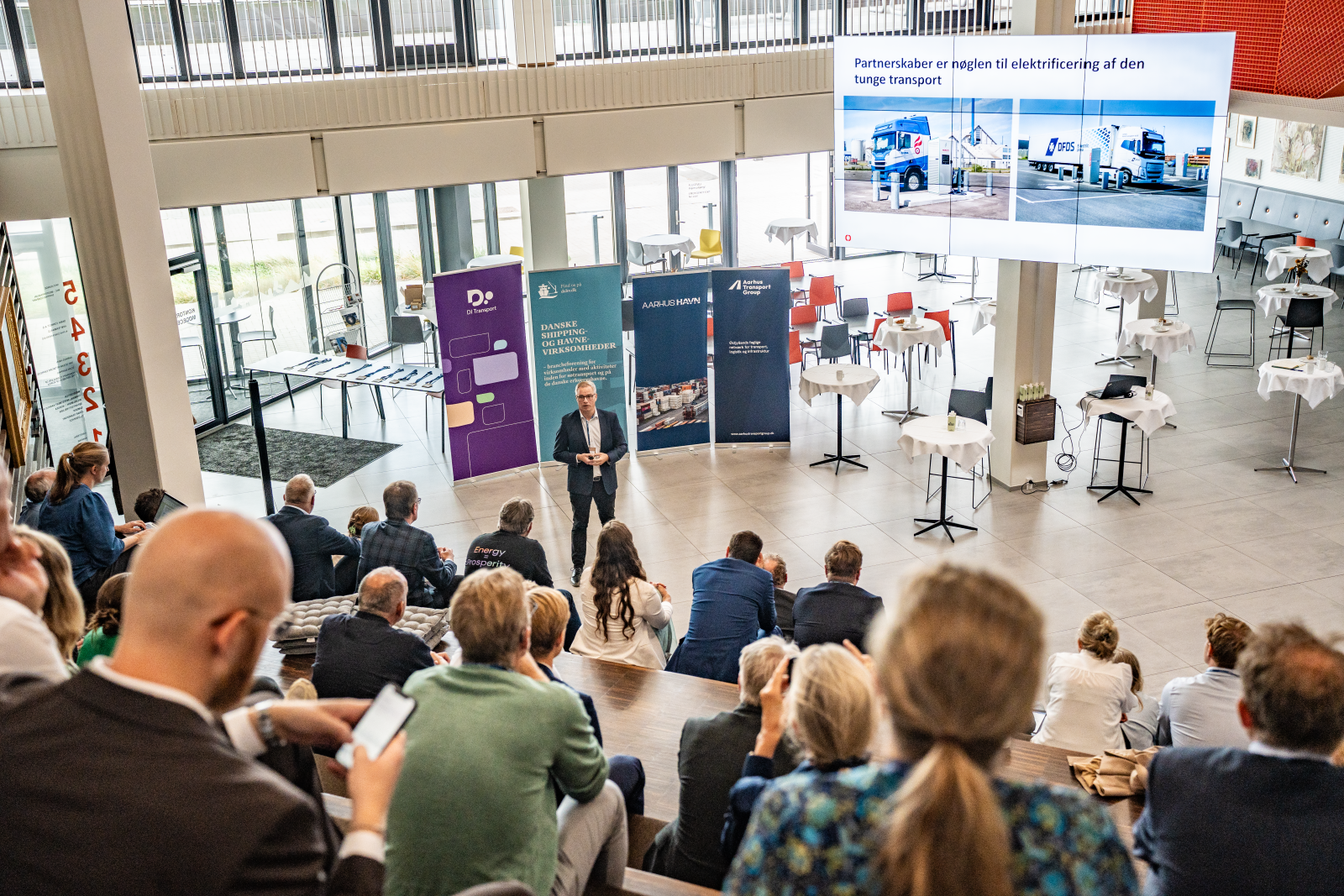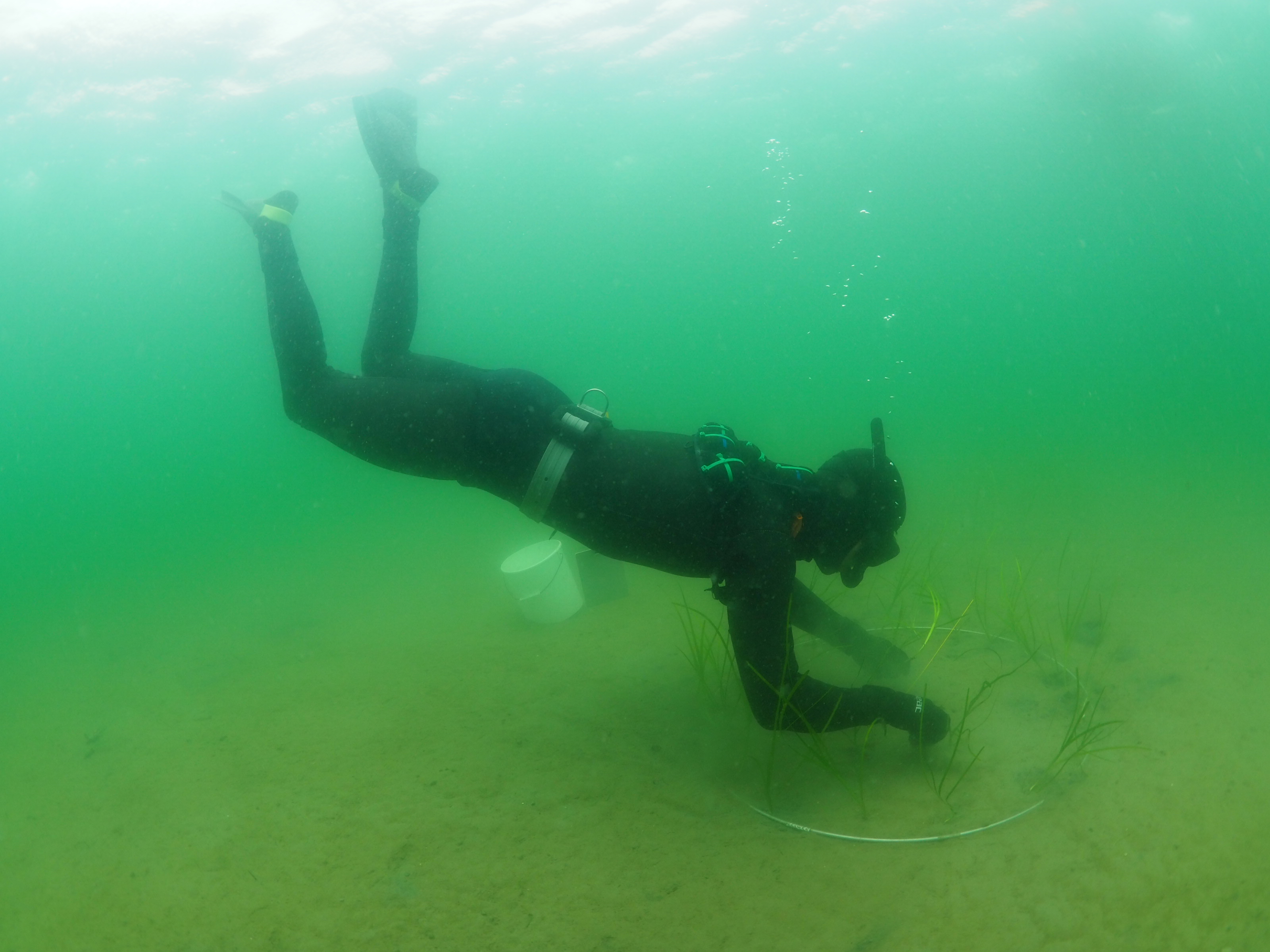2/7/2025
Testing new concrete technology: Must reduce CO2 emissions and promote biodiversity

In the coming years, Denmark's largest commercial port will be a testing ground for new concrete technologies for future construction projects.
The Port of Aarhus is part of a new project, led by the Danish Technological Institute, to develop new concrete technologies and methods that can reduce CO2 emissions significantly compared to traditional concrete.
At the same time, work is being done on the design and surfaces so that the structures can promote biodiversity by serving as habitats for various marine animals and plants.
A key element of the project is the testing and validation of the new concrete technologies. Here, an exposure site is created at the quay, where the new materials are exposed to the effects of salt water and other environmental factors.
The exposure site makes it possible to test and assess both durability and the effect on biodiversity and ensures that the solutions can be applied in practice, just as the port is sparring with project participants about future needs and requirements for new concrete types.
- We have a desire to develop a port for the future with the lowest CO2-impact as possible while contributing positively to the marine environment. The new types of concrete can potentially be used in our upcoming port projects, where we are looking for solutions that combine solid structures with climate and environmental aspects,” says Kim Meilstrup, Head of Infrastructure at the Port of Aarhus.
The project will run until the summer of 2026. If the new solutions meet expectations, they can be used in large-scale civil engineering projects such as coastal protection, port construction and other infrastructure projects.
The Port of Aarhus is one of a number of partners in the project who contribute their expertise and competencies.







.png)